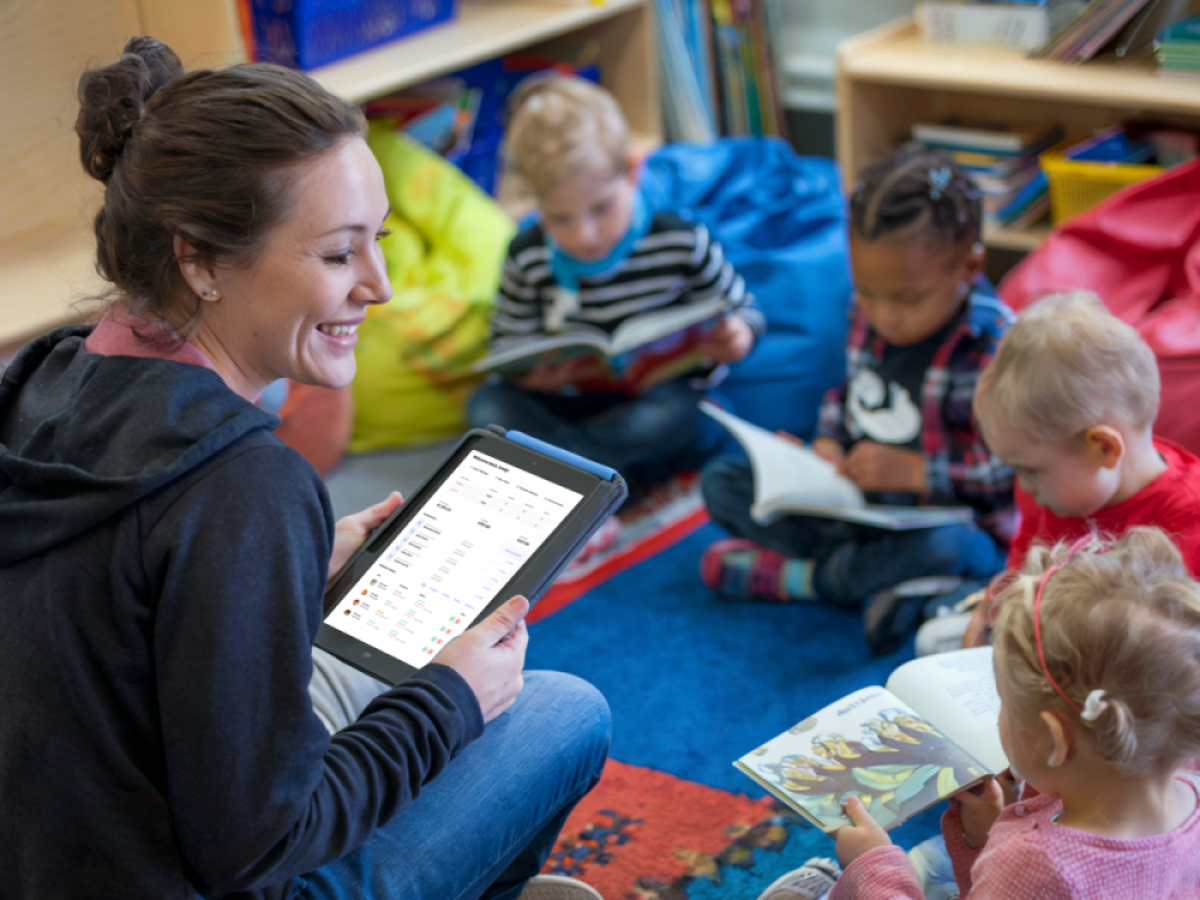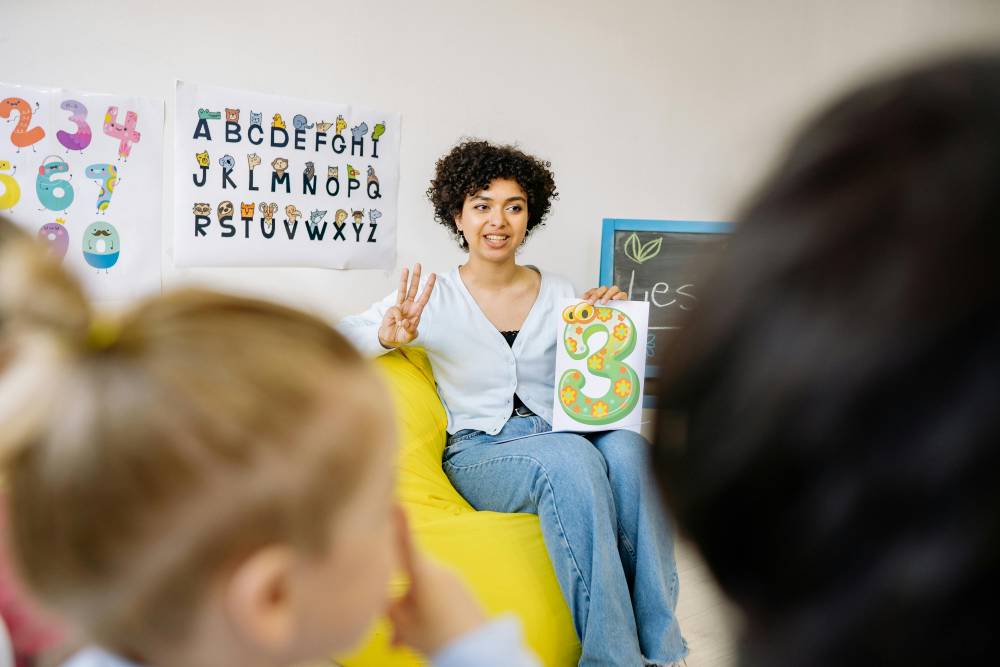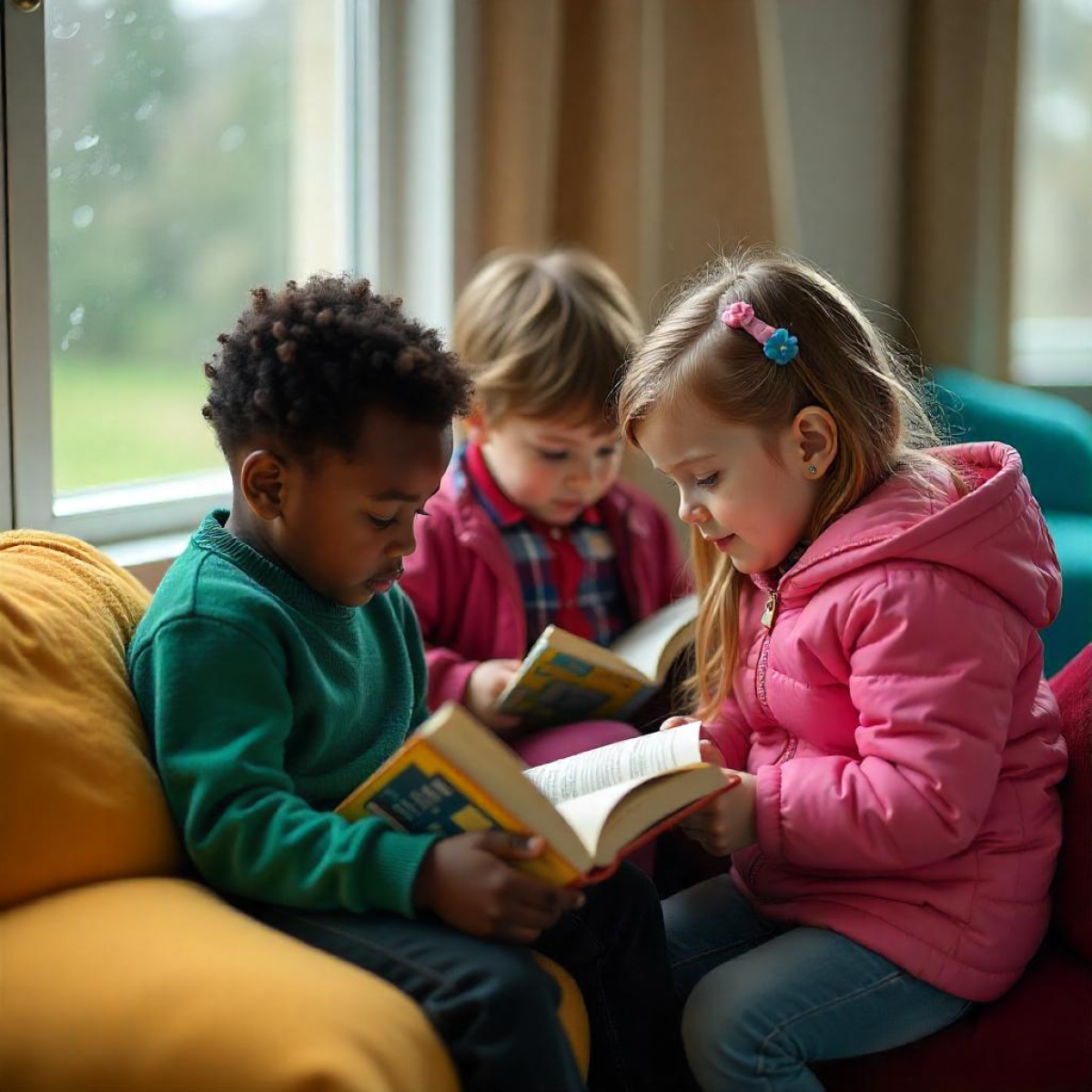During my work with preschool children, I often pause to reflect:
What makes an activity truly special? How can it be modern, creative, and still meet educational goals?
In this blog post, I want to share a simple and practical approach that helps every educator design impactful and meaningful activities for their classroom.
1. Always Start with the Learning Goal
Every activity should begin with one key question:
"What do we want children to learn?"
An activity should never be implemented just because it’s trendy or seen somewhere else. Based on the theme or subject, define clear learning outcomes that align with age-appropriate developmental standards.
Example:
If the theme is “Feelings” from the subject Social and Environmental Studies, the goal might be:
“Children will be able to identify, name, and manage basic emotions such as joy, sadness, fear, and anger.”
2. Use Technology and Modern Content Wisely
Technology can be a powerful tool when used with purpose.
Incorporate animated educational videos or interactive apps that support learning in a fun and engaging way.
Example:
Use a video showing characters expressing emotions to open a group discussion with the children about feelings.
3. Design Creative and Inclusive Activities
Creativity is the heart of early childhood education.
Incorporate art, music, drama, and movement. Active learning is always a good choice. Give children options to express themselves in different ways.

Example:
After watching the video, children can create masks representing emotions and share moments when they felt that way. Or, they can use a mirror to mimic facial expressions and describe how they feel.
4. Connect the Activity to the Child’s Personal Life
When an activity holds personal meaning, it becomes unforgettable.
Ask reflective questions like:
"When have you felt happy?" or "What scares you?"
Encourage children to point to the part of the body where they feel anger or sadness and color that part in black on a human body outline. This helps them express emotions and build emotional awareness.
5. Assessment Doesn’t Have to Be Formal to Be Valuable
Formal assessments and checklists often miss the essence of the moment.
Instead, observe children’s behavior and reactions during the activity. Document their learning through photos or their creative work.
Ask them what they learned or felt—reflection is one of the most powerful learning tools.
6. Reflect and Adapt
After each activity, take a moment to ask yourself:
Did we achieve the learning goal? Were the children engaged and motivated? What could we improve next time?
You can even ask the children for feedback in a playful way demonstrate an open hand for “I really liked it” or a closed fist for “I didn’t enjoy it.

A successful preschool activity blends creativity with purpose, modern tools with personal meaning, and always keeps child development at the center.
If you’re an educator, parent, or anyone working with young children, remember:
Every moment is an opportunity to teach, inspire, and light up a child’s world.








